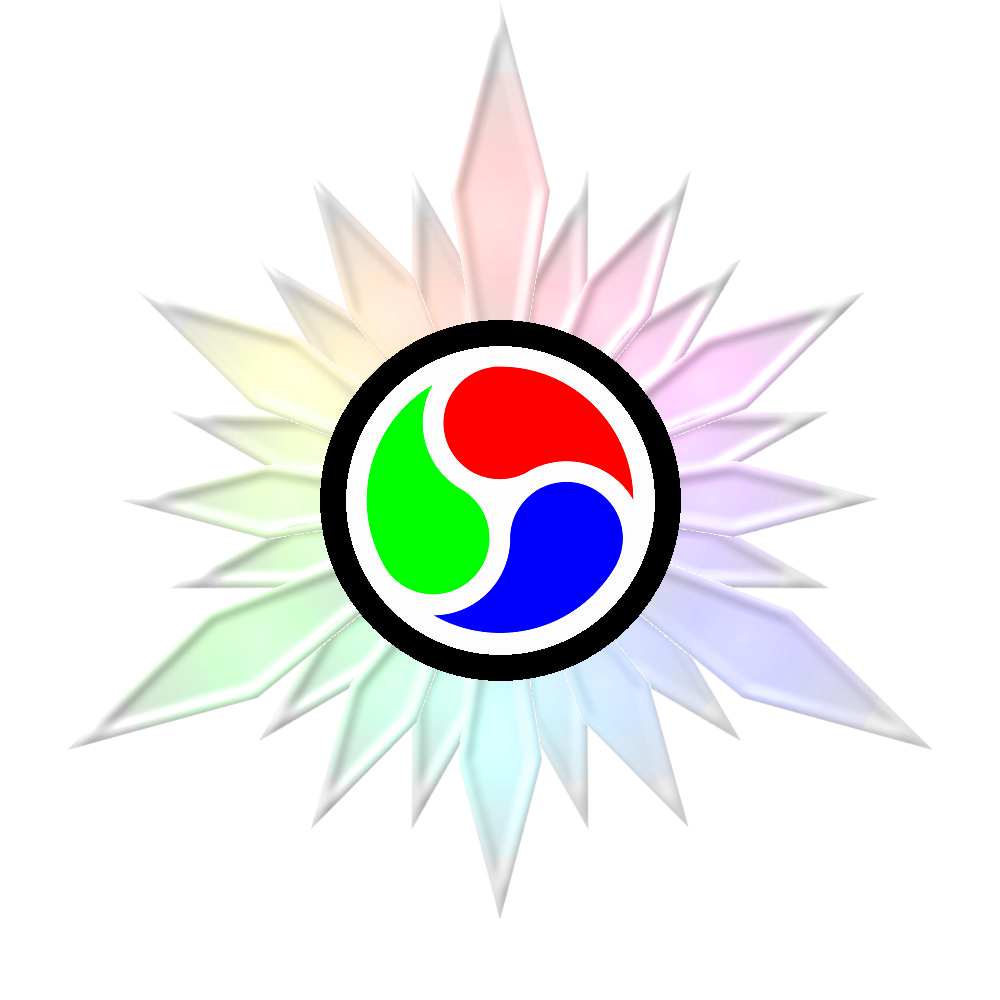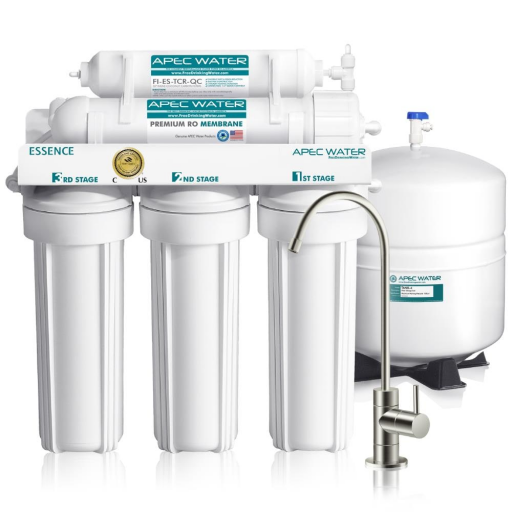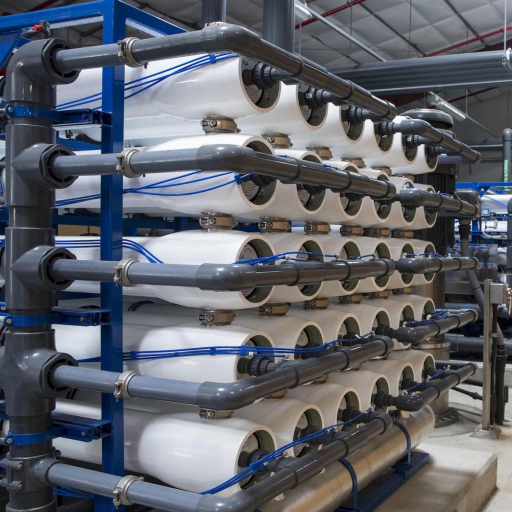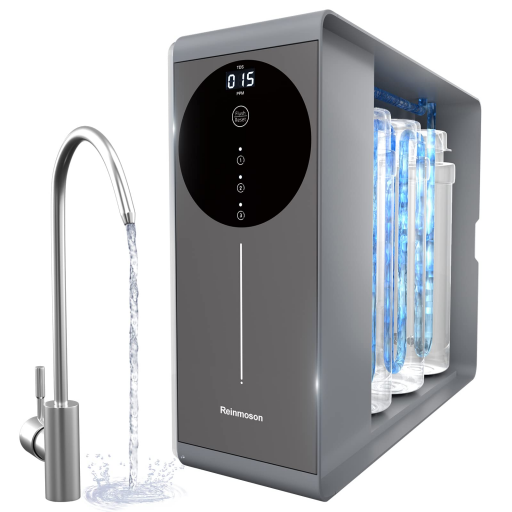
Reverse Osmosis
Description
Reverse Osmosis is a physical process in which water is forced by en externally-applied pressure to pass through a series of membranes; this process is used to strip waste water from all impurities, and turn it back into pure water suitable for cleaning, cooking, drinking, etc.
This technology can be implemented in large-scale industrial applications used to purify huge amounts of water, or in small-scale household devices ("Toilet-to-tap" systems) used to obtain safe drinking water directly from toilet waste water.



Potential

Since water is one of the most fundamental resources for life, tools that enable their user to get a stable supply of water such as ROS systems are of the utmost importance. A great advantage of these systems is their ability to function simultaneously both as production and recycling devices, which makes them complete by themselves without the need to be coupled by a reciprocal device in order to guarantee complete self-sufficiency, like it happens for most other technologies.
Status
Reverse osmosis technology is already fully developed and able to achieve a near-100% degree of water purity.
Commercial ROS systems for normal households are available for few hundreds dollars and are able to filter several hundreds liters of water per day.
Concerns regarding the health effects of drinking purified water, however, still remain. According to some studies, the regular consumption of completely purified water can lead to mineral deficiencies.
Return